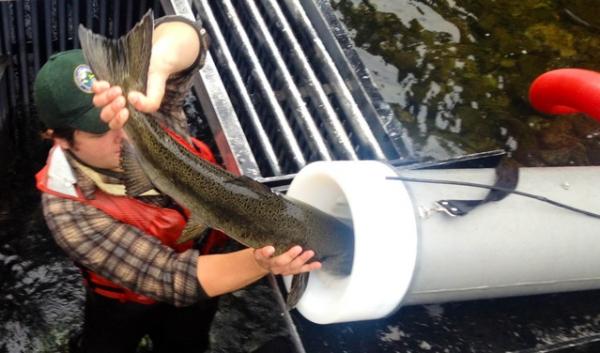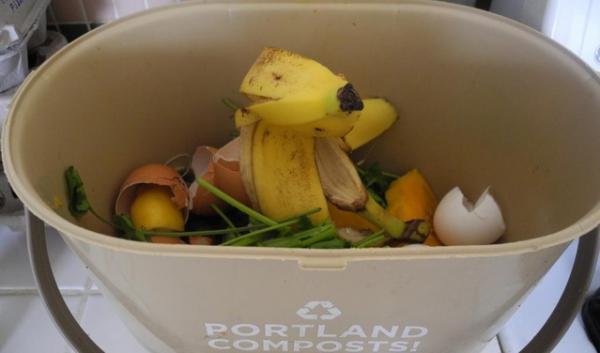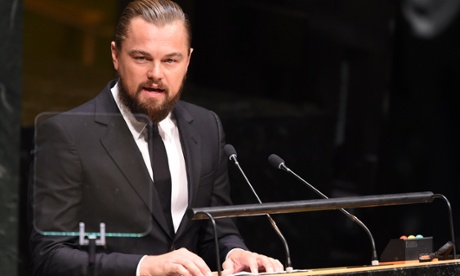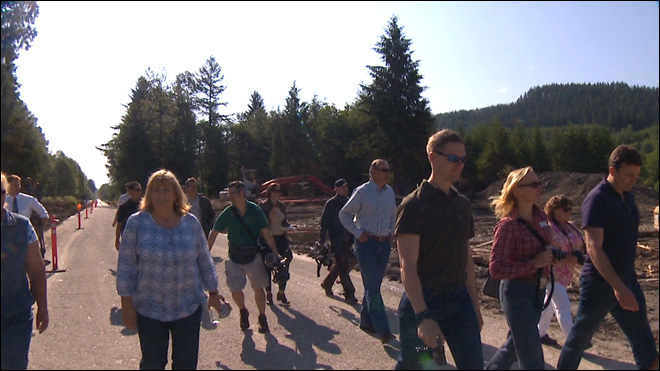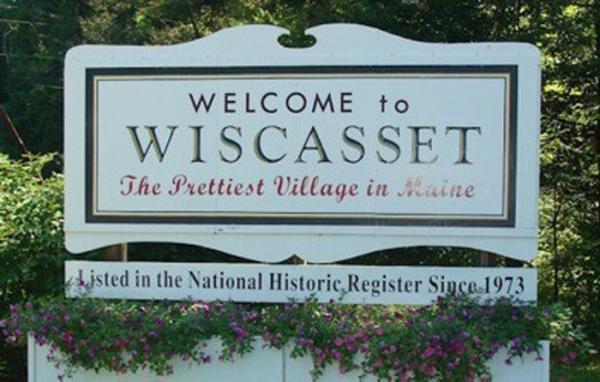By Sari Horwitz September 24, Washington Post
In the largest settlement with a single American Indian tribe, the Obama administration will pay the Navajo Nation $554 million to settle claims that the U.S. government has mismanaged funds and natural resources on the Navajo reservation for decades.
The settlement, to be signed in Window Rock, Ariz., on Friday, resolves a long-standing dispute between the Navajo Nation and the U.S. government, with some of the claims dating back more than 50 years.
The sprawling Navajo reservation, located in parts of Arizona, Utah and New Mexico, is the largest and most populous Indian reservation, with 14 million acres of trust lands, which are leased for farming, grazing and oil, gas and other mineral extraction. The land is also leased for businesses, rights-of-way, easements and housing.
“This landmark resolution ends protracted and burdensome litigation,” Attorney General Eric H. Holder Jr. said in a statement provided to The Washington Post on Wednesday. “This demonstrates the Justice Department’s firm commitment to strengthening our partnerships with tribal nations.”
Under the agreement, the Navajo Nation will dismiss its current lawsuit and forego further litigation against the U.S. government for its historic management and accounting of Navajo funds and resources held in trust by the government.
“The Navajo Nation has worked tirelessly for many years to bring this issue to a close,” said Ben Shelly, president of the Navajo Nation. “After a long, hard-won process, I am pleased that we have finally come to a resolution on this matter to receive fair and just compensation for the Navajo Nation.” Shelly said the tribe will host town hall meetings across the Navajo Nation to decide on how the funds can be used or invested.
Members of the Navajo Nation Council, the legislative branch of the Navajo Nation, said that the agreement doesn’t affect the tribe’s existing or potential claims regarding water and uranium pollution.
“It is very important for the Navajo people to understand that this agreement only addresses historical trust claims and does not prohibit or hinder our Nation from pursuing claims with respect to future conduct,” said Lorenzo Curley, the chairman of the council, who was involved in the negotiations with the Obama administration.
While the settlement marks the largest ever with one tribe, the Obama administration has made several other multimillion-dollar agreements with tribes since 2009 to settle long-standing grievances by Native Americans.
Along with the Navajo Nation, the administration has negotiated settlements resulting in a total of $2.61 billion paid to 80 tribes since 2010 for tribal trust accounting and trust management claims. The Interior Department manages almost 56 million acres of trust lands for federally recognized tribes and more than 100,000 leases on those lands. The department also manages about 2,500 tribal trust accounts for more than 250 tribes.
In the fall of 2009, attorneys for many of the tribes with litigation pending against the U.S. government wrote to President Obama and asked his administration to expedite settlement discussions. In April 2010, Obama administration officials, including then-Associate Attorney General Tom Perrelli, met with the attorneys and started a settlement process.
“From his first days in office, President Obama has worked to honor the government-to-government relationships between the United States and tribal governments,” said Sam Hirsch, acting assistant attorney general for the Justice Department’s Environment and Natural Resources Division, a key member of the department’s Indian country team. “It reflects my personal commitment to resolving long-standing lawsuits rather than wasting the time and resources of both the United States and Indian tribes in contentious litigation.”
In 2011, the administration agreed to pay $380 million to settle a long-running lawsuit by the Osage Tribe of Oklahoma regarding the government’s accounting and management of the tribe’s trust accounts, trust lands and other natural resources.
The next year, Holder and then-Interior Secretary Ken Salazar announced a $1 billion settlement of lawsuits filed by 41 federally recognized tribes across the country with claims dating back 100 years.
In addition, the Obama administration in 2009 settled the highly contentious Cobell class-action lawsuit regarding the government’s trust management and accounting of over 3,000 individual American Indian trust accounts. The lawsuit, which involved several hundred thousand plaintiffs, was filed by Elouise Cobell in 1996 in the U.S. District Court for the District of Columbia and included hundreds of motions, dozens of rulings and appeals, and several trials over 13 years.
“The landmark Cobell settlement and resolution of 80 other tribal trust management lawsuits under President Obama has opened a new chapter in federal trust relations with tribes and individual Indian beneficiaries,” Interior Secretary Sally Jewell said.




